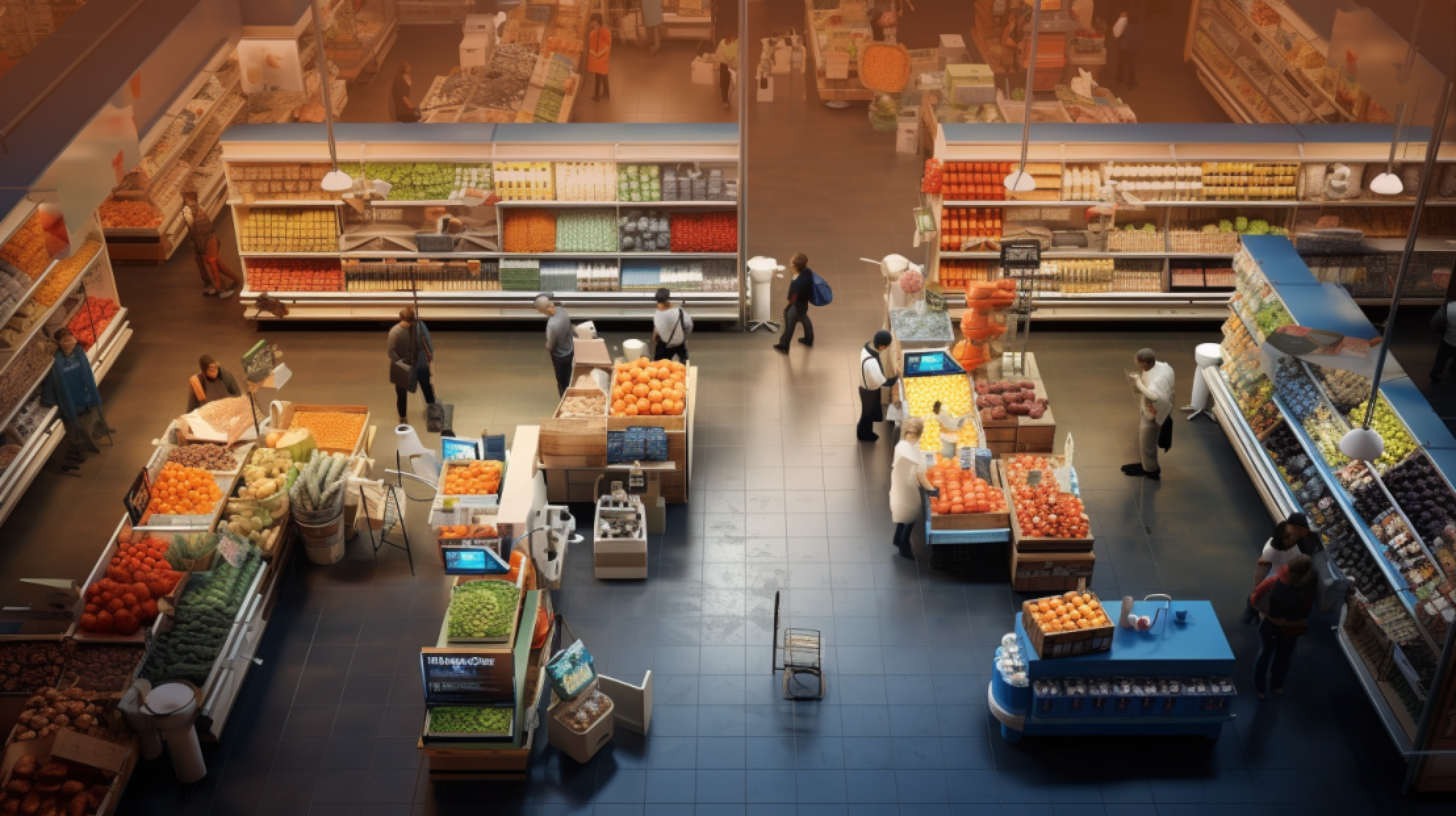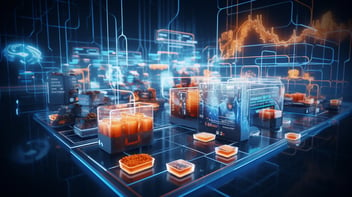Latest c-store behavioral data shows greater usage of self-checkout but lagging impulse sales, pointing to a need to rethink front end merchandising.
Waiting in line has been called a “timeless version of torture”. 69% of consumers surveyed said waiting in line elicits “negative emotions”, with top emotions bubbling to the surface including: “boredom, annoyance, frustration, impatience, and disrespect” (Source: Waitwhile, 2022).
Convenience stores offer speed of service to shoppers who want to get in and get out quickly, and c-store operators have been investing heavily in ways to further reduce friction in the in-store experience to win hearts, minds, and share of wallet. These investments have paid off, and major strides have been made at adding ‘speed and ease’ to the in-store experience in recent years.
In 2022, 52% of c-store shoppers had zero wait time, up 10% from the industry average observed in 2020. When shoppers did wait, they spent 28 seconds total in line, a 16% decrease from 2020 (Source: VideoMining C-Store Front End MegaStudy).
Many c-store operators have opted for self-checkout as a way to meet customer demands for fast and seamless shopping experience, and usage of SCOs has increased dramatically. In 2022, 15% of all c-store transactions in stores had the SCO option went through self-checkout, versus 8% in 2019. Further, in 2022, 71% of SCO users did not experience any wait time at all (19% higher than traditional checkout lanes).
Customers everywhere, rejoice. Convenience industry, hold onto your hats.
But, while shorter wait time leads to happy customers, no lines can mean fewer front end impulse purchases, which can have significant basket size implications for retailers. With more than 10 percent of all in-store transactions including a product from the front end, operators must now find a way to ensure that speed to checkout and increased options for customers does not translate to reduced front end sales.
VideoMining tracks shoppers’ genuine reaction to front end merchandising, and found that in 2022, of every 100 shoppers that pass by a front end merchandising location, only 49% actually glanced at the merchandise in front of them, down 8% from 2020. Of those “glance shoppers”, 33% of them went on to actually shop the space – a 12% jump from 2020. This tells us shoppers are willing to make impulse purchases from front end, but first we must capture their attention – something that is proving harder than ever to accomplish.
“With more than 10 percent of all in-store transactions including a product from the front end, the financial impact from improving the front end can be significant in the current retail landscape," Rajeev Sharma, founder and CEO of VideoMining, recently stated as the company released its latest Front End MegaStudy. The merchandise strategies that will be most effective at the front end will vary depending on the shopper dynamics and layout of the SCO experience.
Both suppliers and store operators can lean into the behavioral insights to identify the characteristics of front end merchandising strategies that have stopping power, AND buying power.
There is plenty of room to innovate in the checkout area and learn from the industry best practices in impulse merchandising.



